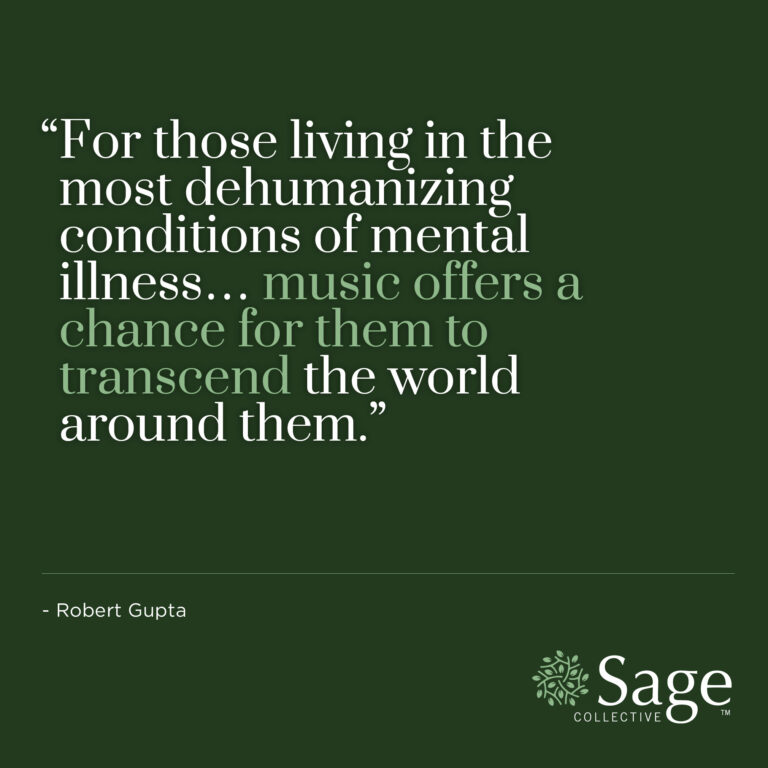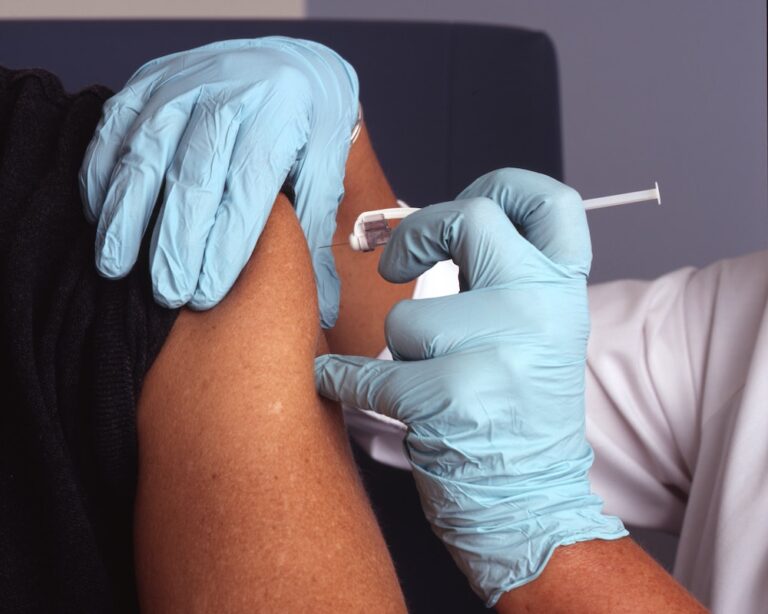The Power of Music
There are many ways older adults can keep their minds sharp as they age, including scrapbooking, mentoring or even owning a pet. However, one of the most significant ways to actively exercise the brain is simply by listening to music. Many of us will play our favorite song or put background music on without any thought, but the melodic sounds have the power to stimulate our brains unlike anything else.
Music and The Brain
If you’re seeking to retain your brain’s powerhouse abilities with age, John Hopkins Medicine affirms that listening to or playing music is an extremely powerful tool in doing so. What many don’t understand is that when we listen to music, mathematical puzzles are simultaneously being performed in our heads. With each note that passes through our ears, our brain toils to compute how it connects to each previous sound.
The unique tool can help assist in gathering memories that have felt lost in time. Sometimes a specific song will have the power to transport you to a specific moment in history; that’s because studies have discovered that music has the power to attract itself to memories, and with that, improve cognitive skills, and recognition and working memory.
Engaging with music frequently has the ability to retrieve forgotten memories for older adults living with diseases contributing to memory loss and reduce anxiety, depression and pain in those who are battling other disabilities, like PTSD.
The Intersection of Music and Medicine
Experts are continuously trying to understand where music fits in with medical treatment. Robert Gupta, violinist and social justice activist, has been a chameleon in both the music and medical industry nearly his whole life. Now, after realizing he can be involved in both of his passions, Gupta is finally understanding the sheer power music has in succeeding in areas where traditional western medicine isn’t able to reach, especially for vulnerable communities. Explore more in Gupta’s TED Talk here:
Instilling Music in Your Life
Although the easiest way to integrate music into your life is by simply pressing play on your favorite album, there are numerous other ways you can reap its benefits at home and within your community. Attending concerts and musicals, in person or through a virtual environment like your television, are perfect ways to stimulate your brain while entertaining everyone in the room.
While listening to music is just one of the ways you can engage with the effective tool, playing an instrument and singing produces even more marvel responses. Music groups are excellent ways to enjoy the sounds of music while also engaging with those around you in meaningful ways. They can be found anywhere from community-organized troops to the choir at your local church.


